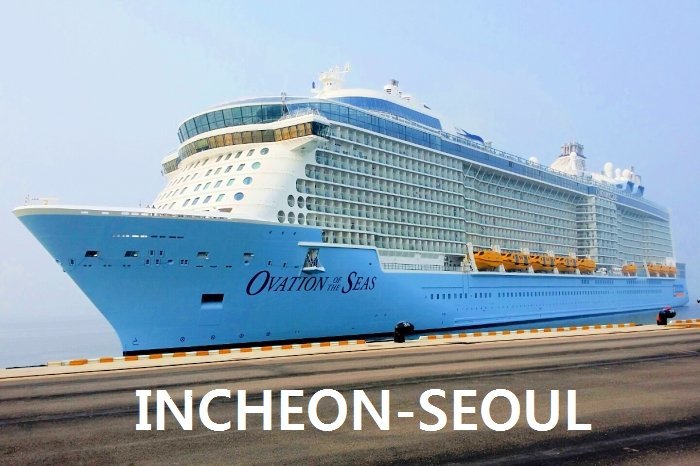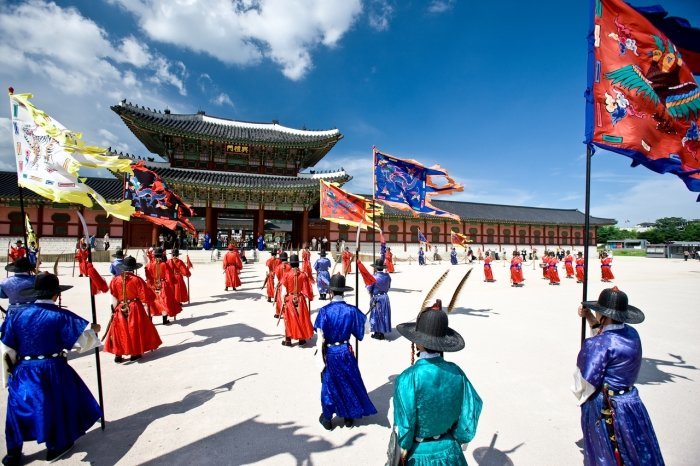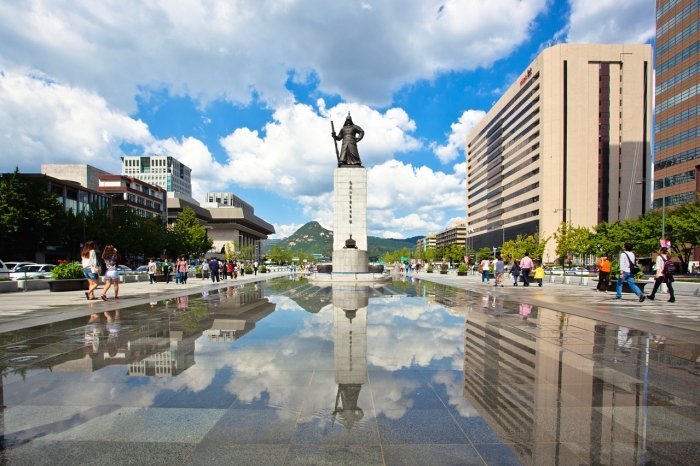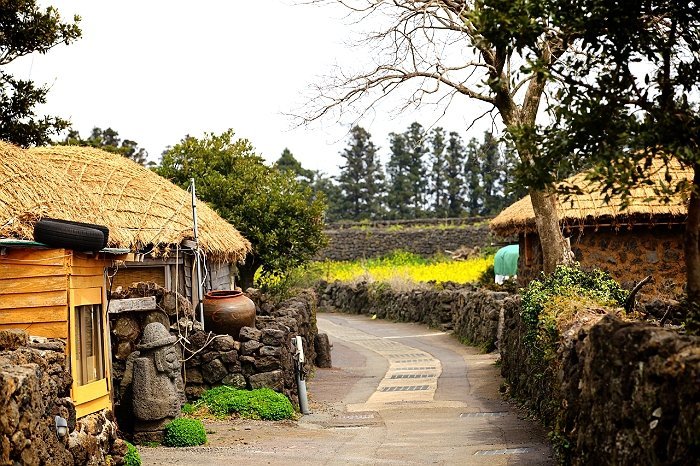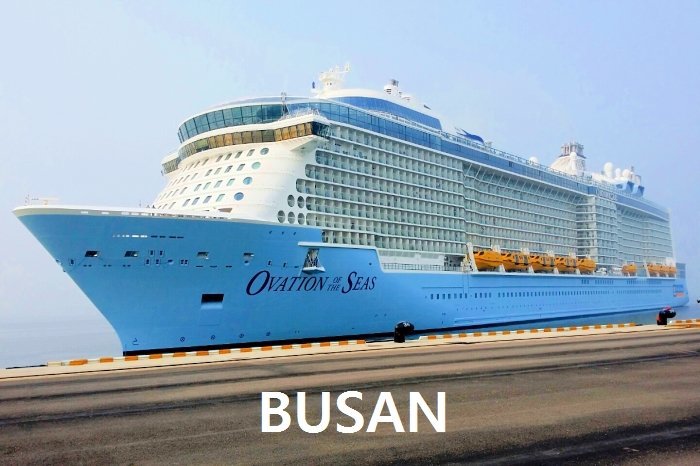- Tour Code : PD49
- From USD 64.30 ~ (Pricing per person)
- Different Pricing based on No. of Pax
- Tour Duration : 5~8 hours (Early Morning to Boarding time)
- Language : English
- Maximum participant allowed : 7 pax
- Please email us if your group is more than 7 pax
- Please email us if you like to pay only deposit first
Cruise Ship Shore Excursion – Highlights of Seoul
$ 64.30
Description
** Itinerary is adjustable according to your meeting time, preference and request.
| Pick up at Incheon Port (Early Morning) | |
| Pass by Blue House (Previous Presidential Residence) | |
| Gyeongbokgung Palace (Guard Changing Ceremony) * Closed on every Tuesday, replace with Changdeokgung Palace | |
| National Folk Museum | |
| Bukchon Hanok Village | |
| 12:00 | Lunch (If you need) |
| Insadong Antique Alley | |
| Pass by Gwanghwamun Square | |
| Cheonggyecheon Stream Park | |
| Myeongdong Shopping District or Namdaemun Traditional Market | |
| Drop off at Incheon Port (1hr prior to your boarding time) |
Inclusion
Private Vehicle (All related cost), English Speaking Licensed Tour Guide Service
Exclusion
Admission fee : Palace – Krw 3,000 p/p / Guide will assist you to pay by credit card
Meal : Krw 6,000 ~ Up to your choice / Guide will assist you to pay by credit card
Pricing Per Person
1 person USD 410
2 persons USD 205 p/p
3 persons USD 136.67 p/p
4 persons USD 102.50 p/p
5 persons USD 90 p/p
6 persons USD 75 p/p
7 persons USD 64.30 p/p
Please email us if your group is more than 7 pax
Remark
Schedule can be tuned according to your interests and your time duration on the tour day.
Highlights of Seoul
This tour will be adjusted according to your time schedule and preferences.
Seoul, the capital of Korea, is arguably the most popular tourist destination in all of Korea. Packed with countless sights to see and places to visit, such as ancient palaces, traditional markets, and high-end shopping districts, Seoul is a city with so much to offer that you might not know where to start. To get the most out of your stay, visit some of Seoul’s most famous attractions by taking a trip with Iamyoutguide, which offers various routes.
Blue House is the Presidential Residence House called ‘Cheong Wa Dae’, the signature markings are its blue tiles. It is the first thing that catches one’s attention upon entering the premises. The blue tiles and the smooth roof blend beautifully with Mt. Bugaksan in the backdrop.
Built in 1395, Gyeongbokgung Palace is also commonly referred to as the Northern Palace because its location is furthest north when compared to the neighboring palaces of Changdeokgung (Eastern Palace) and Gyeonghuigung (Western Palace) Palace. Gyeongbokgung Palace is arguably the most beautiful, and remains the largest of all five palaces. The premises were once destroyed by fire during the Imjin War (Japanese Invasions, 1592-1598). However, all of the palace buildings were later restored under the leadership of Heungseondaewongun during the reign of King Gojong (1852-1919). The National Palace Museum of Korea is located south of Heungnyemun Gate, and the National Folk Museum is located on the eastern side within Hyangwonjeong.
Jogyesa Temple is the center of Zen Buddhism in Korea, and is famous for being located in the city. From the busy streets of Jongno, follow the road towards Anguk Subway Station, and you will see Jogyesa Temple. The first thing you will notice at the temple are the lovely trees. These locust trees and baeksong trees in front of the Daeungjeon, the main temple building, are about 500 years old.
Surrounded by Gyeongbokgung Palace, Changdeokgung Palace and Jongmyo Shrine, Bukchon Hanok Village is home to hundreds of traditional houses, called hanok, that date back to the Joseon Dynasty. The name Bukchon, which literally translates to “northern village,” came about as the neighborhood lies north of two significant Seoul landmarks, Cheonggyecheon Stream and Jongno. Today, many of these hanoks operate as cultural centers, guesthouses, restaurants and tea houses, providing visitors with an opportunity to experience, learn and immerse in Korean traditional culture.
Insa-dong, located in the heart of the city, is an important place where old but precious and traditional goods are on display. There is one main road in Insa-dong with alleys on each side. Within these alleys are galleries and traditional restaurants, teahouses, and cafes. Insa-dong is especially popular among foreign tourists. This is where they can experience and see traditional Korean culture firsthand, and also purchase pieces of fine art. On the street you can eat Korean taffy and traditional pajeon (Korean pancake), and see many foreigners lost in all the joyous festivities of the street.
Until it was restored in 2005, Cheonggyecheon Stream existed only as a neglected waterway hidden by an overpass. Today, it has been transformed into a haven of natural beauty amidst the bustle of city life. Narae Bridge, representing a butterfly in flight, and Gwanggyo Bridge, symbolizing the harmony of the past and future, are just two of the more than twenty beautiful bridges that cross the stream. The Rhythmic Wall Stream, lined with fine marble and sculptures, and Palseokdam adorn Cheonggyecheon Stream.
Myeong-dong is one of the primary shopping districts in Seoul. The two main drags meet in the center of the block with one beginning from Myeong-dong Subway Station (Seoul Subway Line No. 4) and the other from Lotte Department Store at Euljiro. Many brand name shops and department stores line the streets and alleys. Common products for sale include clothes, shoes, and accessories. Myeong-dong also has family restaurants, fast food, plus Korean, Western and Japanese dining options.
N Seoul Tower opened to the public on October 15, 1980 and has since become a major tourist attraction. The 236.7 meter tower sits atop Namsan Mountain (243m). The observatory offers panoramic views of Seoul and the surrounding areas.
